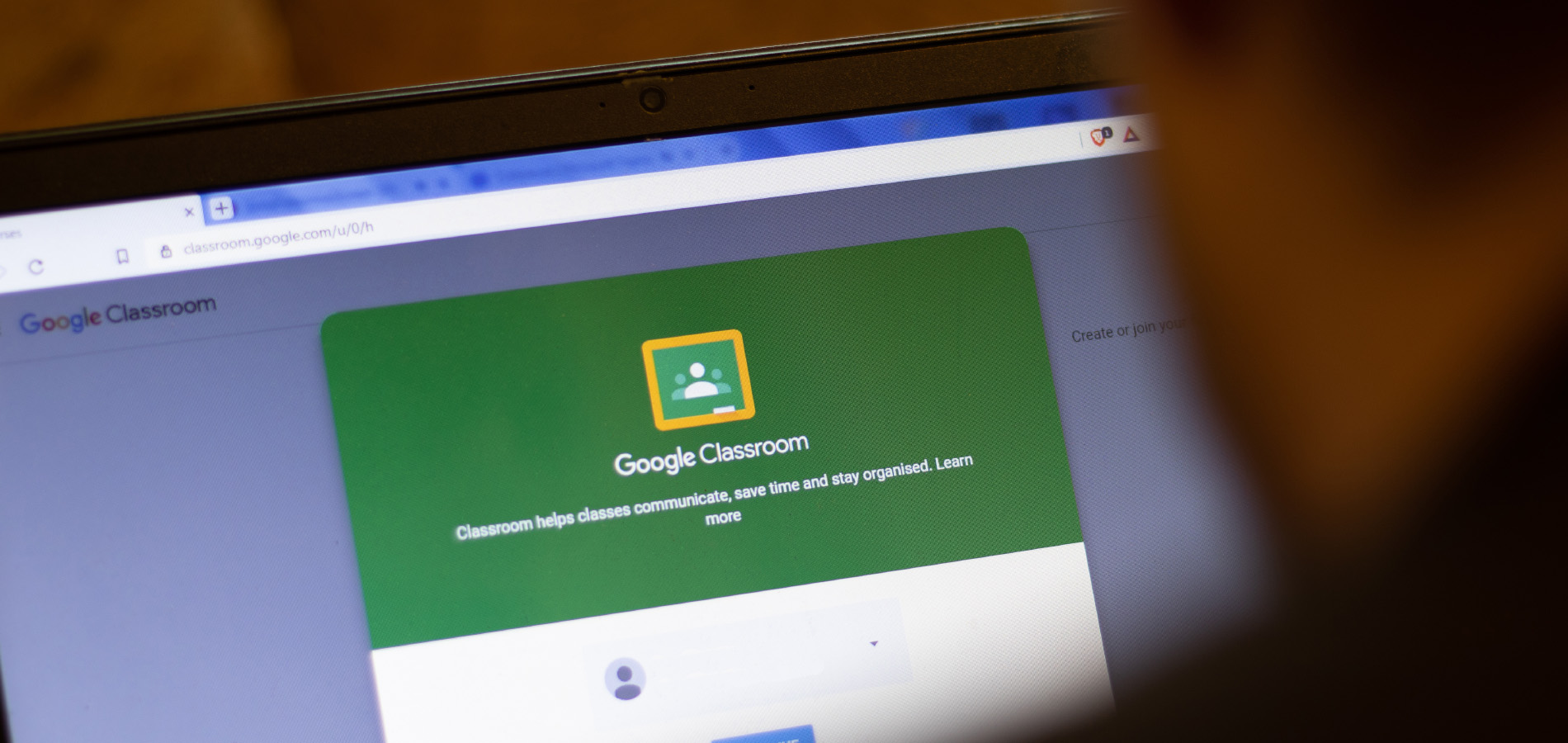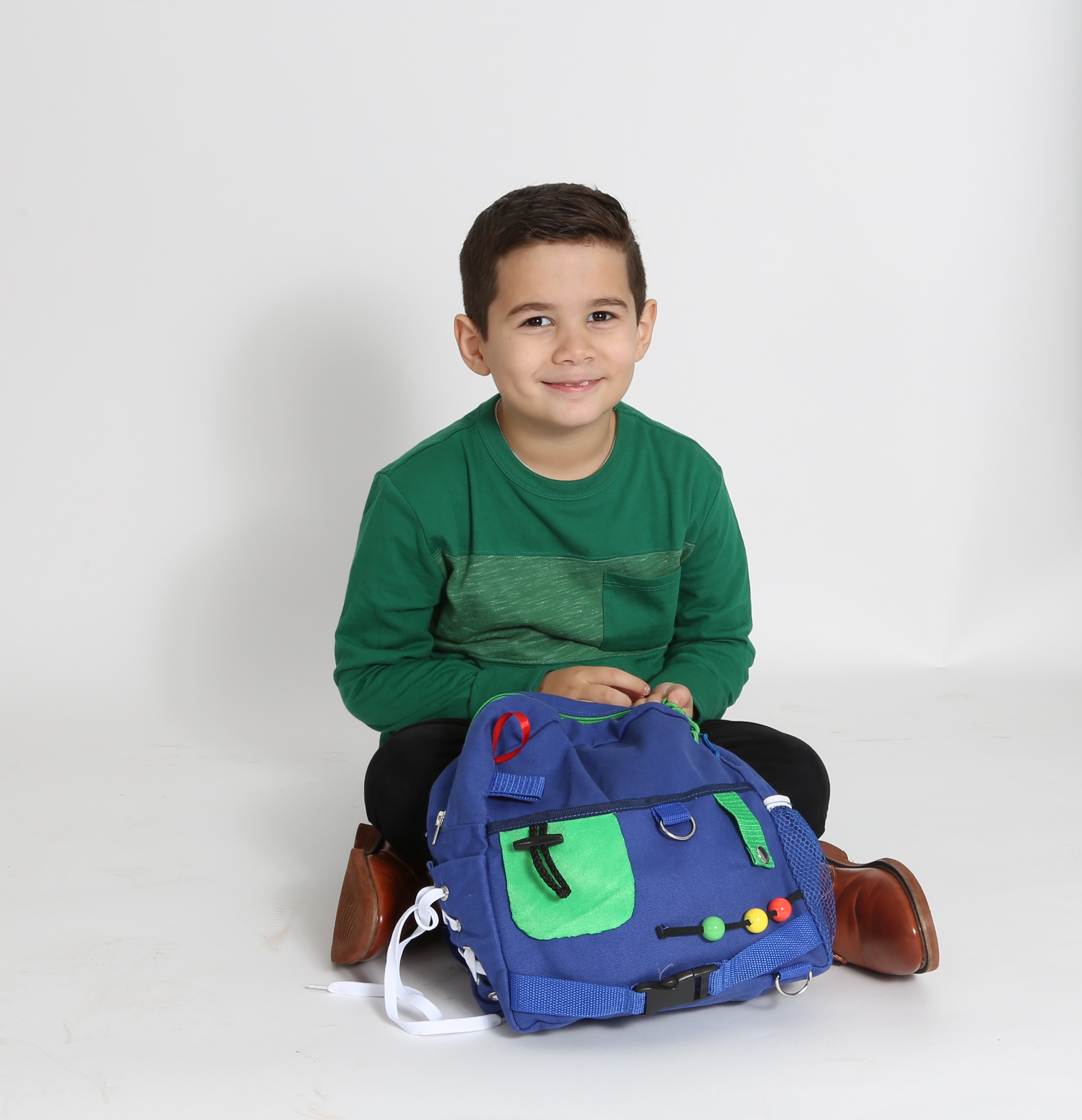If you’re a teacher then you’re familiar with the busy season that comes during the summer. While your students are relaxing at the pool or playing games at summer camp, teachers are busy preparing classroom materials and developing lesson plans. Staying on top of your game is especially important when teaching students with special needs. Keeping parents informed and involved is key for students who might struggle with communication.
Here are several ways to keep an open dialogue between school and home.
Whole-Class Communication
Make sure that the communication method you choose aligns with your school’s or district’s privacy policy. You might also have to consider the preferences of parents who choose to have limited access to technology and prefer traditional forms of communication, so some flexibility is key.
1. Send a letter
At the start of the school year, sending out a letter or email to the parents introducing yourself and including your contact information will foster a sense of open communication. Make it clear that no concern is too small, since wearing the wrong pair of socks can be a big issue to a child with sensory processing disorder and it would be better to know why they are fidgeting or acting out. Being in touch with parents can provide you with valuable intel, such as advance notice of events happening at home that might lead a child to need extra support.

2. Class website or blog
A website or blog for the class can be a centralized platform to share news, assignments and resources. There can be one for student information and one for parent information if you choose to keep them separate. Creating a classroom website can be a great teaching tool and a project in which all students can participate with a little planning and creativity.

3. Social media groups
Reaching parents where they are can make a big difference. Private Facebook groups or Instagram accounts dedicated to the class are a convenient way to keep parents updated. You can share photos and updates in a casual format. Just make sure everyone in the class has access before you decide to use this method so that no one is left out. This is also a great introduction for kids to learn about safe and respectful use of social media.

4. Newsletters
Create a monthly or weekly newsletter to share important events, classroom highlights and general announcements that can be sent via email or uploaded to a class website. In addition to the benefits as a communication tool, creating the newsletter can be easily blended into lesson plans to further promote proper spelling, reading, computer skills, social skills and communication skills.
5. Online Platforms
Use online learning platforms such as Google Classroom that allow teachers to post updates, assignments and grades that are accessible to both students and parents. There are also numerous parent communication apps available that offer features such as announcements, event calendars, volunteer sign-ups and individual messaging capabilities for streamlined whole-class communication.

Individual Communication
Since there are so many avenues of communication open these days, be sure to let parents know how you prefer to be contacted, in addition to asking how they want to be contacted by you.
1. Email or Sms
Personalized messages are easy to send in an email or even over text, provided a student does not have access to their parents’ phone. You can use these to touch base and address specific concerns about a child’s progress and behavior.

2. Phone Calls
A scheduled phone is great for lengthier conversations with parents. This method allows for on-the-spot feedback and clarification questions.

3. Parent-Teacher conferences
Many schools still value parent-teacher conferences as a crucial piece of communication. These schoolwide conferences held once or twice a year allow parents and teachers to meet face to face to discuss grades, social skills and other topics of concern. Having the information written out for the parents can streamline the process. Make sure to set a timer so that everyone has a turn. If you can’t meet in person then offer a video call option instead!

4. Communication notebook
Ideal for parents who prefer to limit technology, a simple notebook is useful for parents to write updates for the teacher each night, and for the teacher to send questions about something specific. Keep in mind that some kids will try to hide this notebook from their parents, so make sure it is a viable option for the parents who want to use it!

Inviting parents to visit class on the first day of school can go a long way to establishing trust between you and the parents. To keep the open door policy from becoming disruptive, ask parents to give you advance notice so that you can let the students know a visitor is coming into the classroom. You can also consider creating a parent corner in the classroom where they can observe the action without distracting the students unnecessarily.
Hopefully these ideas will inspire you to think of new and creative ways to involve parents in your classroom this school year. Studies show that greater parental involvement leads to greater commitment to their child’s education and increased job satisfaction for teachers! Please share any ideas you love or use in the comments. Here's to a wonderful and productive new school year!
Explore more ways to help support your students with our sensory classroom tools.
This post was originally posted on 08/02/2009 by Fun & Function Therapists. It was updated for accuracy and comprehensiveness by Rivkie Berger, OTR/L on 08/30/2023.






















Comments